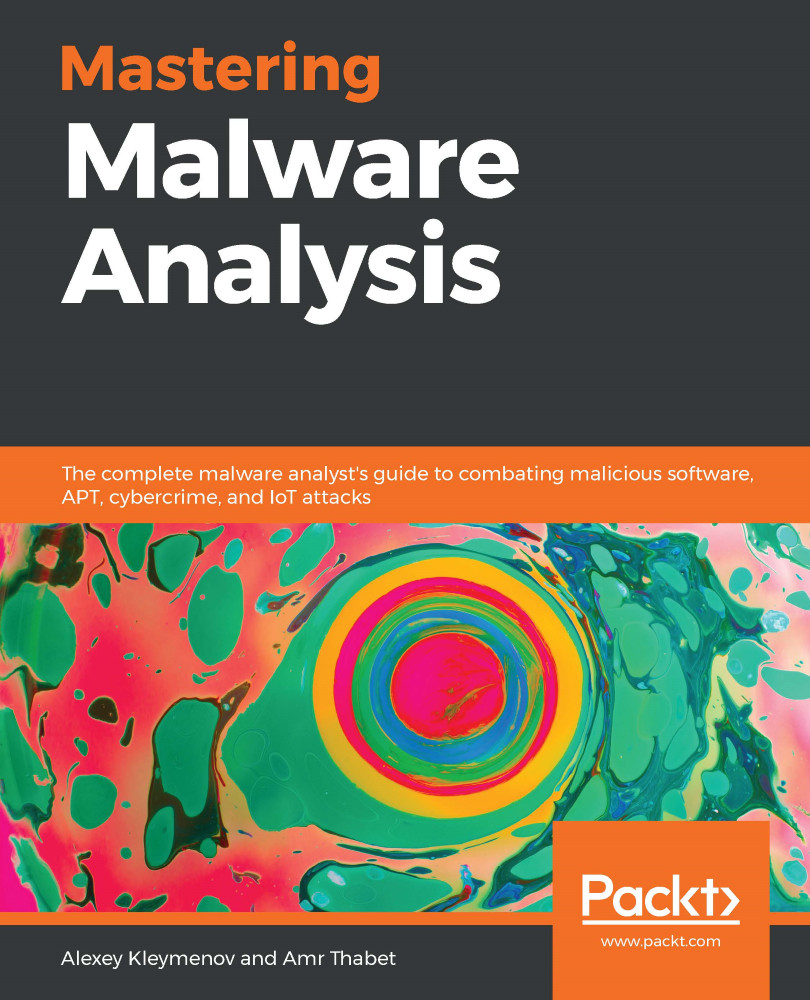MIPS supports bi-endianness. The following registers are available:
- 32 GPRs r0-r31, 32-bit size on MIPS32 and 64-bit size on MIPS64.
- A special-purpose PC register that can be affected only indirectly by some instructions.
- Two special-purpose registers to hold the results of integer multiplication and division (HI and LO). These registers and related instructions were removed from the base instruction set in the release of 6 and now exist in the Digital Signal Processor (DSP) module.
The reason behind 32 GPRs is simple—MIPS uses 5 bits to specify the register, so this way, we can have a maximum of 2^5 = 32 different values. Two of the GPRs have a particular purpose, as follows:
- Register r0 (sometimes referred to as $0 or $zero) is a constant register and always stores zero, and provides read-only access. It can be used as a /dev/null analog to discard the output of some operation, or as a fast source of a zero value.
- r31 (also known as $ra) stores the return address during...


